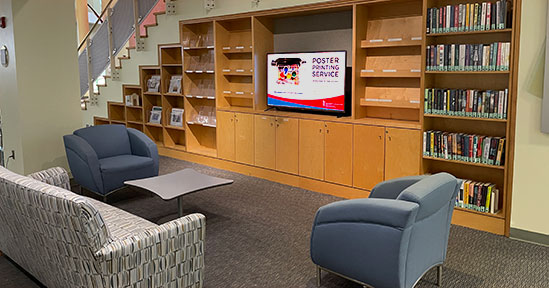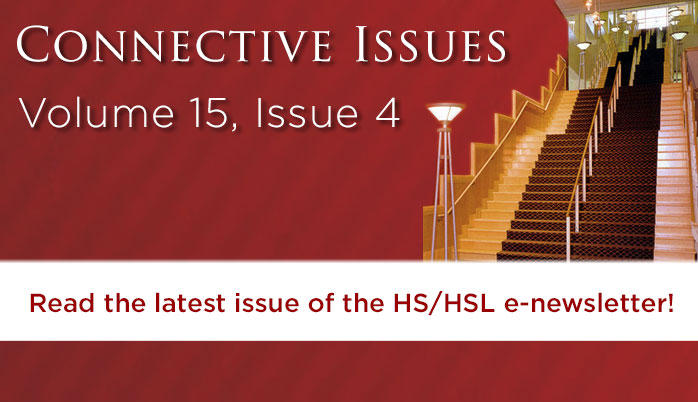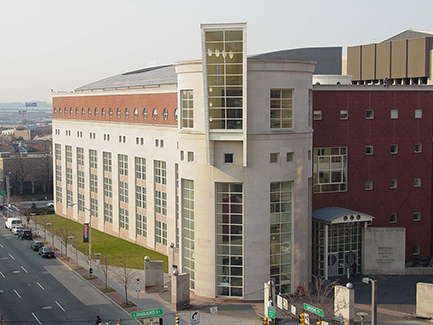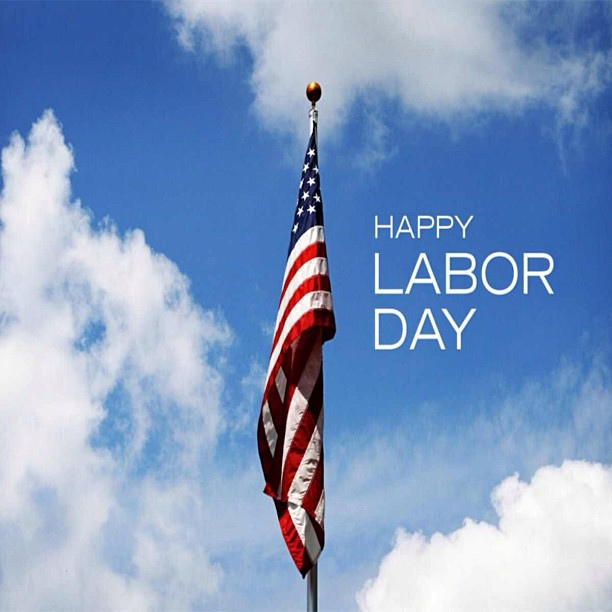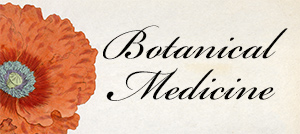In this edition of Data and Bioinformation stuff, we bring you exciting news and updates from around the data world.
UMB is now an OSF Member Institution
OSF, a project of the Center for Open Science, is a free and open source project management tool that supports researchers throughout their entire project lifecycle. It’s a great product to help you collaborate and share resources with your team and others!
The HSHSL has recently coordinated UMB’s membership in OSF, which means that you will soon be able to log in to OSF with your UMB credentials, and you will have the option to affiliate your project with UMB. All UMB affiliated projects will show up on a special landing page – a great way to promote all the great work we do here! Stay tuned for more information and resources on using OSF in the near future.
We here at CDABS love using OSF to share materials from our workshops. See OSF in action by checking out our workshops page here: https://osf.io/eyk4d/.
Open to All – ICPSR’s Virtual Biennial Meeting
ICPSR is the world’s largest repository of social science data. All University of Maryland Baltimore staff, students, and faculty have access to the extensive ICPSR data holdings for free! It can be a great place to find data, share data, and learn about working with data.
From October 6-8, ICPSR will be holding their biennial meeting. This meeting is free, virtual, and open to the public. The theme of the meeting is “Data Positivity: Data Doing Good”. The sessions will provide numerous opportunities to learn more about ICPSR data, including how to find and access it. Check out the meeting page to find out more and register.
NIH’s All of Us Research Program Offers Expanded COVID-19 Data in Latest Release
The All of Us Research Program, part of the National Institutes of Health, is a historic precision medicine effort to collect and study data from a diverse cohort of one million or more participants living in the United States. In the program’s latest data release, the second major update since it launched, tens of thousands of records have been added containing COVID-19 related data from the COVID-19 Participant Experience (COPE) survey, electronic health records, and wearable devices. Read more about this newest update in the official press release.
Not sure how to get started using All of Us data? Check out our step-by-step guide on getting registered to use the All of Us Researcher Workbench, and please reach out to CDABS if you have any questions about the process or using Workbench tools!
The Center for Data and Bioinformation Services (CDABS) is the University of Maryland Health Sciences and Human Services Library hub for data and bioinformation learning, services, resources, and communication.
Questions? Contact: Amy Yarnell, Data Services Librarian and Jean-Paul Courneya, Bioinformationist – at data@hshsl.umaryland.edu.
To read more of our content and stay informed please visit our communications page and use the form to subscribe: https://www2.hshsl.umaryland.edu/cdabs/communications
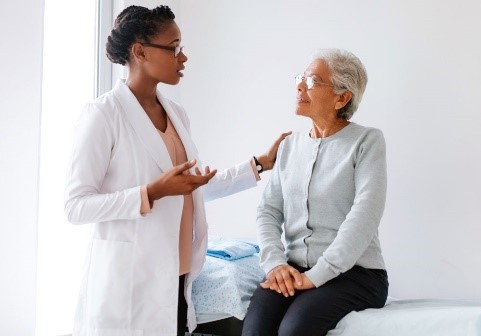



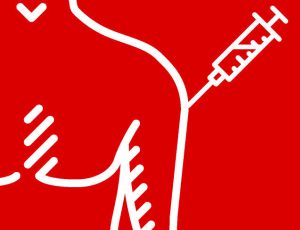 It’s time once again to protect yourself and your loved ones from the flu. As in the past, the HSHSL and School of Pharmacy are partnering with Walgreens to offer flu shots, by appointment only, to UMB campus employees and students on Tuesday, Oct. 19 from 9:00 am to 5:00 pm in the Weise Gallery on the first floor of the Library.
It’s time once again to protect yourself and your loved ones from the flu. As in the past, the HSHSL and School of Pharmacy are partnering with Walgreens to offer flu shots, by appointment only, to UMB campus employees and students on Tuesday, Oct. 19 from 9:00 am to 5:00 pm in the Weise Gallery on the first floor of the Library. 